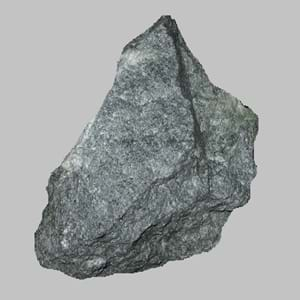The Hand-Mined Mineral

Soapstone is a metamorphic rock, fairly soft, and consists of talc: a clay mineral. The level of talc in soapstone determines how soft the stone will be. The level of talc determines whether or not the stone can be used to carve the beautiful carvings soapstone is known to produce. The lower the levels of talc, the more likely the stone will be used in crafting.
But back to soapstone. Ever wondered where the rock’s name comes from? Soapstone is said to be smooth to the touch, practically as smooth as a piece of dry soap – which is essentially why there is ‘soap’ in soapstone.
Most of the world’s soapstone comes from Gucha District in Kisii County, and this is something that as Kenyans we must take pride in. South of Kisii, in a village known as Tabaka, is where we find Kenya’s soapstone. (You may be familiar with the legendary soapstone artist Elkana Ong’esa who hails from Tabaka.) Within the lolling hills of Tabaka, soapstone is found in plenty. It is said that after every five to ten years soapstone in the hills begins to re-form, making new soapstone available – a fascinating natural process, don’t you agree?
Now to the mining process. For as long as soapstone has been mined in Kenya (which is decades, perhaps centuries), it has been done by hand. The process involves no machinery rather uses various hand tools indicating that this task requires intense labour.
To begin, the ground is dug to about 50 feet using shovels. Then various crude tools are used to mine the soapstone. What follows is excavation by hand, and once the stone has been acquired, the pit is refilled with the soil that had initially been dug out. The raw soapstone is transported to various workshops within a 20-kilometer radius of the mining site.
At the workshops, the soapstone artisans get to work. They begin by breaking the stone into workable sizes using pangas or pickaxes, tools that help them get rough shapes. After this, a hammer and a chisel are used to create an outline, then the stone is immersed in water to ease the carving process that soon follows. Once the stone is out of the water and dry, sandpaper is rubbed against it to get rid of any chisel marks and to make it smooth. Painting follows and thereafter, a smaller knife is used for further detailed art. Finally, fine-grained sand is used to polish and finish the piece.
In addition to the beautiful carvings, the rock is used to create the countertops used in some kitchens as well as an insulator for electric appliances.
Have you been to Tabaka – seen the mining process or the carving process? Perhaps Tabaka is home. Share with us more about soapstone and its origin in western Kenya.

Kisii on map

soapstone carving. Image credit: zawadee.com

Kisii soapstone carving. Image credit: Kenya yote

Artisan working on carving. Image credit: saorsafairtrade.co.uk



